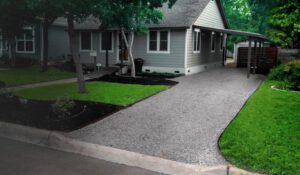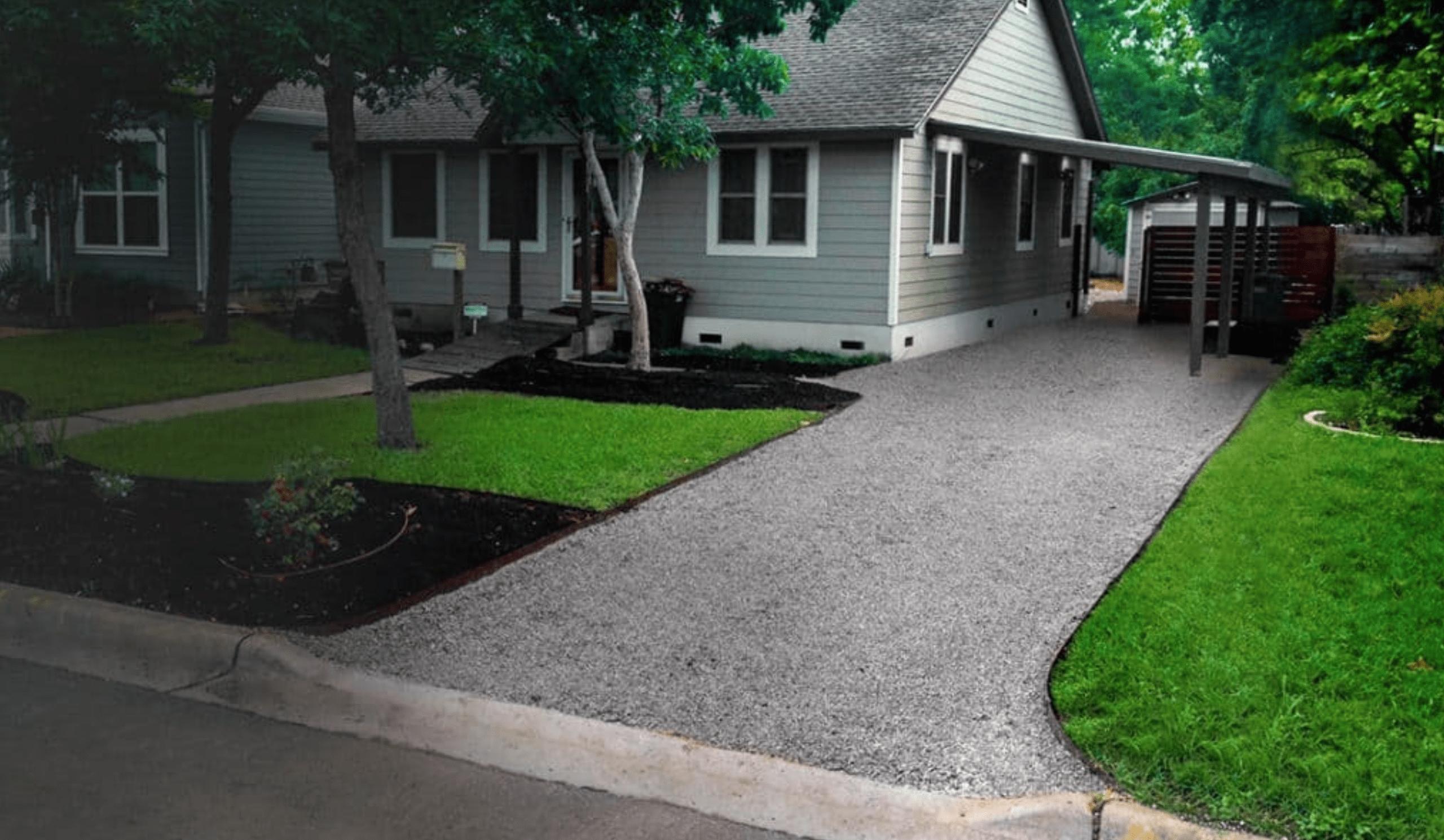A driveway is a small local road used to provide access to a single structure or small group of structures. It is typically privately owned and used to access a single or small group of buildings. Driveways are used both by private and public entities. A driveway may be shared by multiple people, but it is usually privately owned by the individual or group who built it. If you are planning to build a home or commercial property, you should consider hiring General Contractors to do the job.

There are two main types of driveways: asphalt and concrete. Both of these materials are made to be used in residential properties. Asphalt paving bricks are made of tar, which is a smooth and solid material derived from coal. Concrete pavers are also used for driveways. Both types of driveways require maintenance and upkeep. Concrete pavers are a more popular choice than asphalt paving bricks. Regardless of the material used, make sure you consider the climate before choosing a driveway for your property.
If you have a car that you are interested in purchasing, the Driveway website is a good option. The website allows customers to browse cars, choose the financing option, and make an in-house payment. The website also offers additional features, including payment calculators, guides, and tips. The website also offers financing options for new cars. Driveway also offers leasing options to qualified buyers, so if you need to sell your current car, you can sell it or trade it in for a new one.
A residential driveway is a private road used for local access to a single home or a small group of buildings. A driveway may be long or short, fancy or unassuming, but they all provide a safe and convenient way to get to the home. A driveway can also provide access to a small apartment complex. In most cases, the government or municipal government maintains the roads, but it is up to the individual or group to maintain a driveway.
The material that is used for a driveway is important in its durability. Asphalt and concrete are both common choices, but their colors can vary greatly. Generally speaking, they both absorb heat and are vulnerable to softening during hot weather. However, asphalt and concrete are the least eco-friendly of the two. In addition, both materials can be stained. A driveway with an asphalt finish is easier to repair and maintain than a concrete one. This is because asphalt is easier to remove than concrete.
A single-car driveway can be as narrow as nine feet wide, but larger vehicles may have trouble fitting. A driveway with a nine-foot width may also force guests to step in the grass. A driveway with a 12-foot width is wasteful. The width of a driveway should not exceed 12 feet. If you have more than one car, a driveway with a wider width would be unusable. Similarly, a driveway with a wider opening is unnecessary.
When choosing a material for your driveway, you should also consider the cost of the materials. While they are more expensive than other types, they can last for several years. If you can afford them, a brick driveway can be a beautiful investment for your home. A brick driveway will add charm to your home, and it can be a great surface for parking. There are many materials to choose from, but brick is one of the most expensive.
Another important rule of the law is to leave room for parking on public streets. It is not legal to park your vehicle on a public street for 72 hours without permission. If you have a driveway, you can use it to park your car when you need to. In addition to keeping the street clear for traffic, it is also illegal to park your vehicle on a sidewalk. If your driveway is cluttered, the police will likely cite you for it.
Another common problem with a dirt driveway is mud. The consistency of the soil can play a role in whether a driveway develops mud issues. A good way to avoid these issues is to apply a concrete sealant. This is important because it will protect your driveway from mud. If you don’t want to use a concrete sealant, you should consider installing a green lawn driveway. This driveway will give your home an appealing appearance while still remaining a functional driveway.


